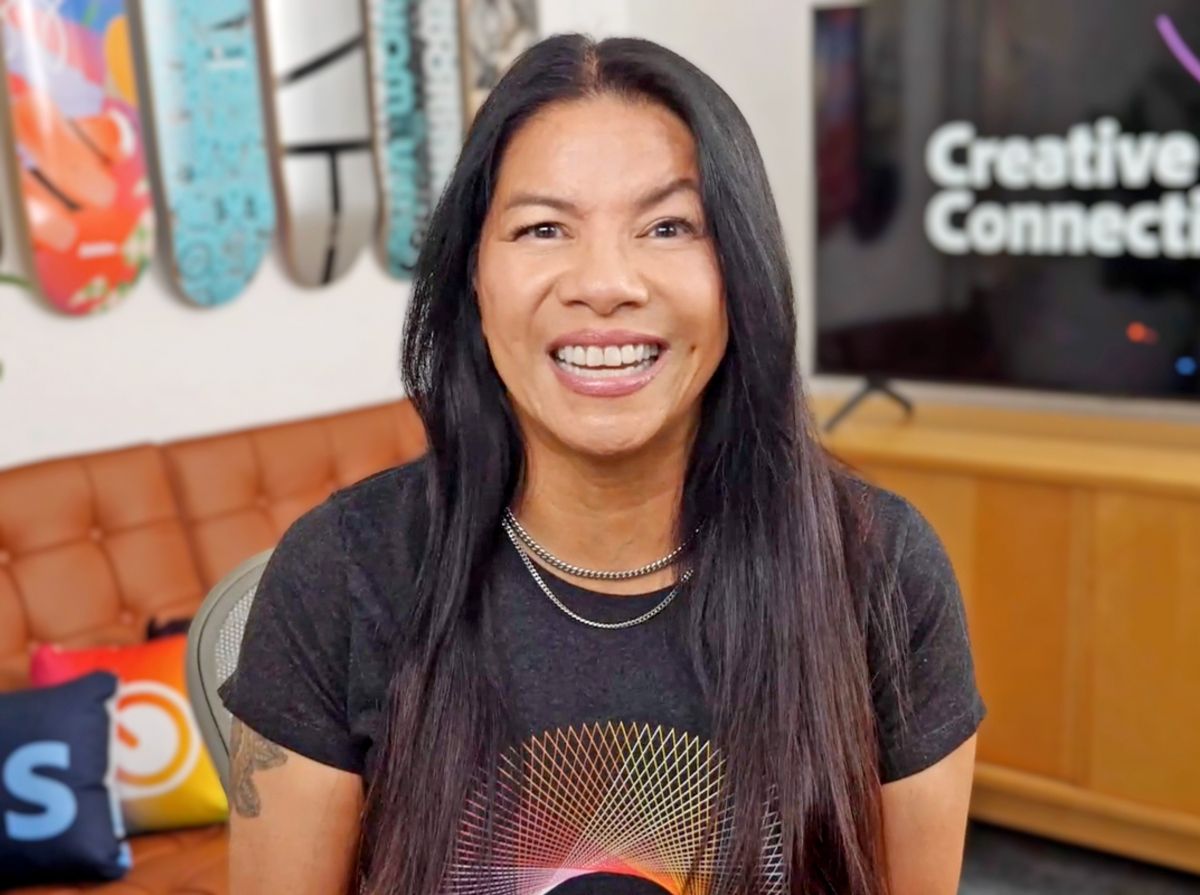An empty dining room during dinner service tells you everything you need to know—something’s off. The same holds true for virtual events. When there’s no visible engagement, no chat activity, and no sense of community energy, participants quietly slip away, just like diners avoiding a lifeless restaurant.
As an event producer, I’ve learned that serving up engaging online experiences is a lot like running a successful restaurant. After producing over 350 Adobe virtual events for students, educators, and B2B creative customers, I’ve learned that creating engaging online experiences isn’t about fancy features or celebrity speakers, but designing for human connection.
From Empty Tables to Standing Room Only
When I launched my first webcast interview in 2016 called Typography Dojo, I had no idea it would give me the experience to produce large-scale virtual education and engagement programs for Adobe. But one core principle has remained constant: genuine community engagement isn’t manufactured—it's earned.
In just the last year, Creative Connections events weren't just well-attended—they were buzzing with energy:
44,000+ active participants
17,500+ chat messages exchanged
7,000+ questions asked and answered
Like a popular restaurant where reservations are hard to get, this level of live engagement proves something valuable is happening inside. When people line up, show up in force, participate passionately, and keep coming back for more, you know you’ve created something worth attending.
The Three-Step Approach for Packed Virtual Events
1. Build a Service Style and Structure for Maximum Engagement
Set a menu or show flow with short and entertaining segments to cater to various learning styles
Respect your audience’s time by staying engaging (aim to hold participant numbers steady until the end) and on-time
Have a stage manager/line producer provide on-camera guests and speakers support with communicating technical needs and show structure expectations for the best performance
Involve attendees in the conversation from the start, don’t treat them like passive spectators
Display your “occupancy” numbers proudly (the crowd affects the energy in the room)
Make them feel like they’re part of a larger conversation, that they’re part of your community
Recognize and engage with participants like a skilled maître d’ who remembers regulars
Create interactive opportunities for guests to interact with each other
2. Create Ambiance for Front-of-House and Optimize the Back-of-House
Use a platform that is intuitive for both speakers and participants to feel comfortable with, virtual events can be stress-inducing
Like how restaurants design atmosphere with lighting and room layout, virtual events need environmental design and inclusive elements such as mood-setting music, slides or b-roll to illustrate content and audio cues for sensory reinforcement
Integrate sign language and captions to support inclusive learning
Look for features that let you respond to chat, highlight questions and launch polls
Enable video switching and high-quality audio to bring audience focus, and support the story you’re telling
Make sure your tech supports connection, not just content delivery
3. Serve Fresh, Interactive Content that Caters to Your Guests
Your Turn in the Kitchen
You don't need a massive platform or budget to begin. Dip your toe in and start with:
Quick live sessions on LinkedIn or Instagram
Simple interviews with colleagues or friends
Small group discussions about topics you care about
(I talk about how to get started livestreaming events on the ICE 5at5 Podcast with Anita Howard)
The key is creating an environment where people feel seen, heard, and connected. Just like a great restaurant isn’t just about the food—it’s about the experience... great events aren’t just about the content, they’re about the connections.
Remember: Empty chat rooms are like empty dining rooms—they tell a story about the experience inside. Make sure yours tells one of a vibrant community, valuable connections, and conversations so good that people make standing reservations.
What’s your experience with virtual events? Have you found ways to keep your digital space energized and engaging? Please share any tips and tricks! Let’s keep virtual and hybrid events exciting and inclusive for all. Log in to comment!
